Continuing our look at this year’s Russ Manning Award Most Promising Newcomer nominees, we have Adam Hines, author of the extraordinary DUNCAN THE WONDER DOG, a meditation on consciousness that uses a dense, collage art technique and expressionist storytelling. It’s set in a world where animals can talk, but any idea that this is going to be a cutesy anthropomorphic tale should go right out the window. Duncan has already won a Xeric Grant, the LA Times Book Prize for best graphic novel and the first Lynd Ward Prize, and it’s nominated for the Harvey Award, making it one of the most honored graphic novels of recent years.
Hines started work on DUNCAN at the age of 18 and it took him seven years to complete the 400 page book, the first in a projected 9 volume series. He grew up in Chicago and moved to LA, attending the Pasadena Art Center for only a few weeks before dropping out. In an interview with PW, he talks a bit about his technique:
AH: I don’t know if I can, really. It isn’t well thought out. Mostly everything is drawn on cheap copy paper, and only when painting or deep washes are required will I use anything sturdier. I draw everything separately; the characters first, then the backgrounds, then make any textures I’ll need, and then I’ll scan everything into the computer. From there it’s a matter of putting everything together and shading it in with Photoshop, then going back and augmenting the art with materials and fabric and whatever else would be appropriate. That’s my typical routine, and probably 19 out of every 20 pages were done that way, with the 20th being completely drawn and painted and finished by hand, and only would the contrast or brightness be adjusted on the computer at that point. But generally I prefer the level of control you get with Photoshop. Other than the panel arrangement, I rarely know how things will fit together until I’m looking at them on the page, so it helps to be able to change things on the fly. I really only have one rule, in that I don’t actually draw anything with the computer except for the panel borders.
He estimates it will take him another 25 years to finish his saga.
With no website, Twitter, or Facebook, and his complex, deeply thought material, Hines is hardly a typical cartoonist. No matter where he goes from here, he’s already created an indelible classic that’s pushed the medium forward.


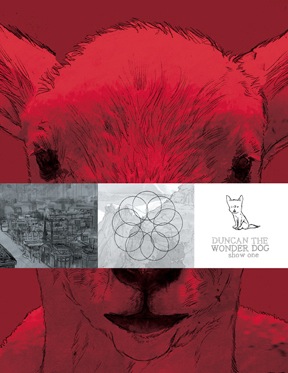
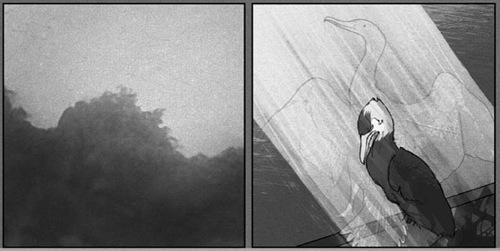
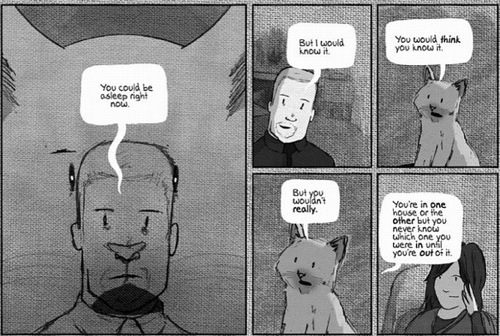
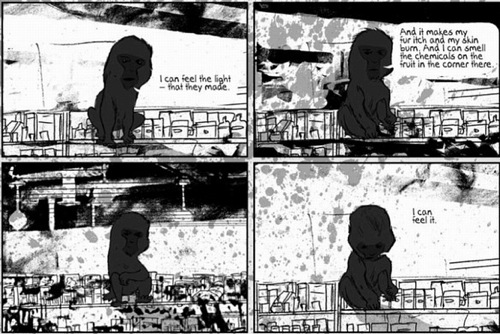
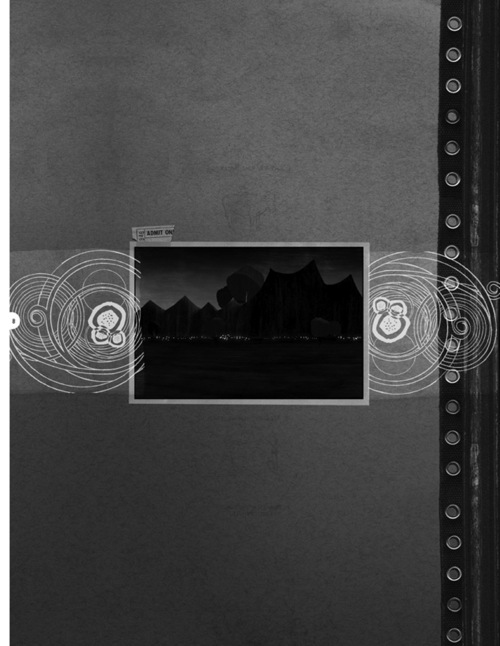






Actually, Adam does have a website, but it might not shed any more light on this interesting author:
http://www.geneva-street.com/
Thanks for the spotlightage.
This and Browntown not getting nominations is proof positive that the Eisners are broken and need to be fixed.